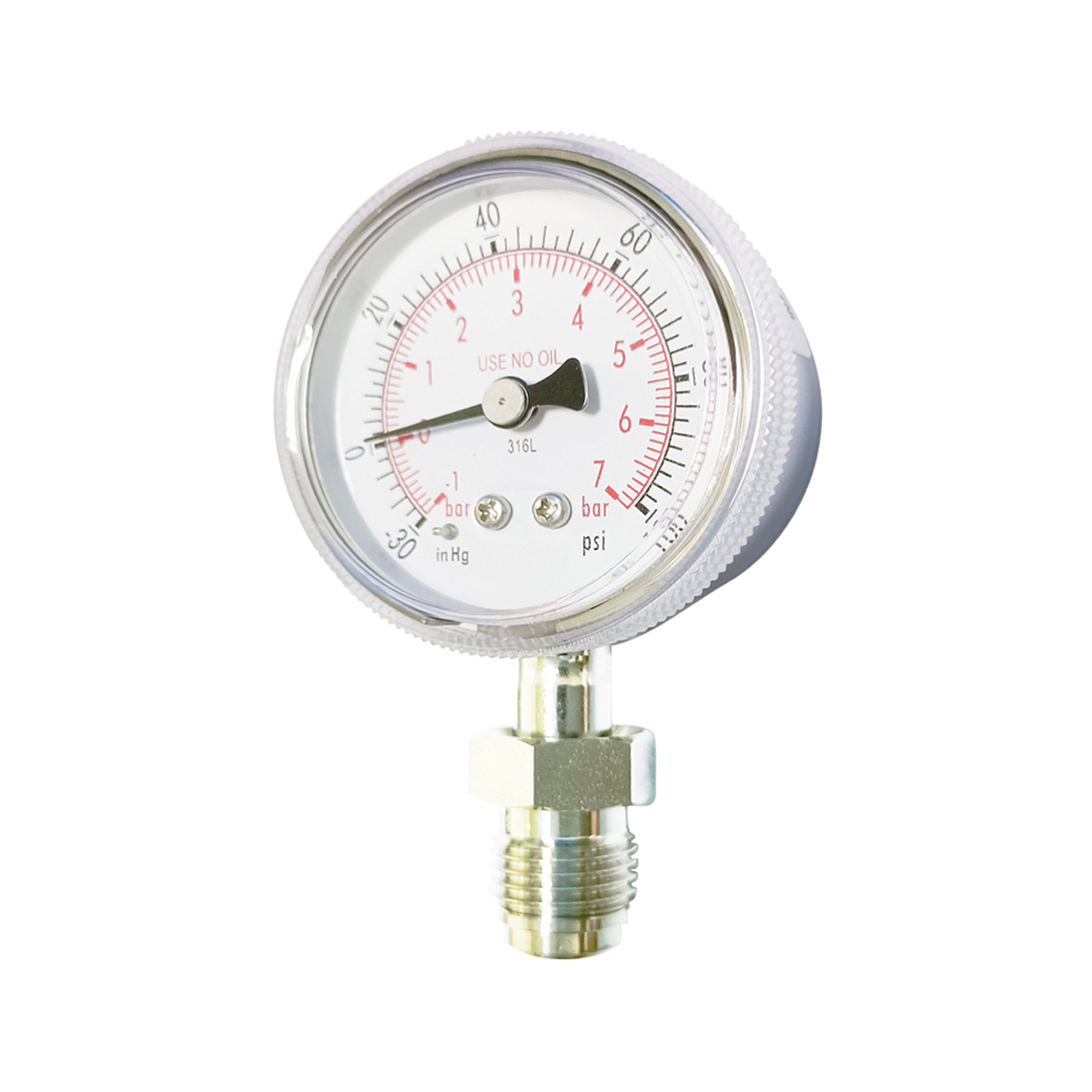
Nov . 22, 2024 03:14 Back to list
precision instrument pressure gauges
Precision Instrument Pressure Gauges A Deep Dive into Accuracy and Application
In various industries, precision is crucial, especially when it comes to measuring pressure. Pressure gauges serve as essential tools for monitoring and controlling pressure levels across numerous applications, ranging from manufacturing and oil production to healthcare and environmental monitoring. The technology behind precision instrument pressure gauges has evolved significantly, enabling them to deliver accurate readings under various conditions. This article explores the types, functionality, calibration, and importance of these gauges in different sectors.
Types of Precision Pressure Gauges
Pressure gauges can be broadly categorized into several types, including analog and digital gauges. Analog gauges use a mechanical dial and a pointer to display pressure readings. They have been widely used for decades and are appreciated for their simplicity and durability. Conversely, digital pressure gauges utilize electronic sensors and display the readings on an LED or LCD screen. These gauges often provide enhanced features such as data logging, fault detection, and connectivity options, which are increasingly important in modern applications.
Within these two categories, there are several sub-types of precision gauges, including bourdon tube gauges, diaphragm gauges, and piezoelectric gauges, each serving specific needs
1. Bourdon Tube Gauges These traditional gauges operate on the principle of the bourdon tube's deformation under pressure. They are highly reliable for measuring gas and liquid pressures in various industrial settings.
2. Diaphragm Gauges Designed for measuring low pressures, diaphragm gauges excel in applications involving corrosive fluids and high static pressures. Their robust design helps maintain accuracy over time.
Importance of Calibration
precision instrument pressure gauges

Calibration is a critical aspect of maintaining the precision and accuracy of pressure gauges. Over time, gauges can drift and produce inaccurate readings due to wear and tear, environmental conditions, or mechanical impacts. Regular calibration, typically performed by trained professionals, ensures that the gauges deliver precise measurements. In many industries, compliance with standards set by organizations such as ISO or ANSI mandates regular calibration of measurement instruments to guarantee safety and reliability.
Applications of Precision Pressure Gauges
Precision instrument pressure gauges find applications in a wide range of fields
- Manufacturing In manufacturing, precise pressure measurement is vital for quality control processes. Whether it’s monitoring pressure in hydraulic systems or verifying the integrity of products, accurate gauges help prevent equipment failures and ensure product quality.
- Oil and Gas The oil and gas industry relies heavily on precision pressure gauges for exploration, extraction, and refining processes. Pressure measurements are critical in maintaining optimal operational conditions and enhancing safety measures.
- Healthcare In medical devices, precision pressure gauges are used to monitor patient vital signs, control drug delivery systems, and maintain safe pressure levels in various equipment. Accuracy is paramount, as it can directly affect patient outcomes.
- Environmental Monitoring These gauges are employed in environmental studies to measure atmospheric pressure or in studies related to water systems. Accurate pressure readings help in making informed decisions regarding conservation efforts and resource management.
Conclusion
Precision instrument pressure gauges are indispensable tools across various industries, providing critical data necessary for safety, quality control, and operational efficiency. Their evolution from analog to sophisticated digital systems has greatly enhanced their functionality and reliability. As industries continue to demand higher accuracy and efficiency, the role of precision pressure gauges will only become more crucial, underscoring the importance of regular calibration and maintenance to ensure the highest standards of precision are upheld. By investing in high-quality gauges and adhering to stringent calibration protocols, organizations can safeguard their operations and achieve excellence in their respective fields.
-
High-Precision 5 Valve Manifold Differential Pressure Gauge Suppliers
NewsApr.29,2025
-
High-Precision Diaphragm Vacuum Pressure Gauges Manufacturers & Quotes
NewsApr.29,2025
-
Omega Differential Pressure Gauges High Accuracy & Durability
NewsApr.28,2025
-
Low Pressure Differential Pressure Gauges Precision Solutions & Quotes
NewsApr.28,2025
-
Digital Diaphragm Pressure Gaauge Precision Measurement & OEM Quotes
NewsApr.28,2025
-
Differential Pressure Gauge China Price High-Accuracy & Best Quotes
NewsApr.28,2025
